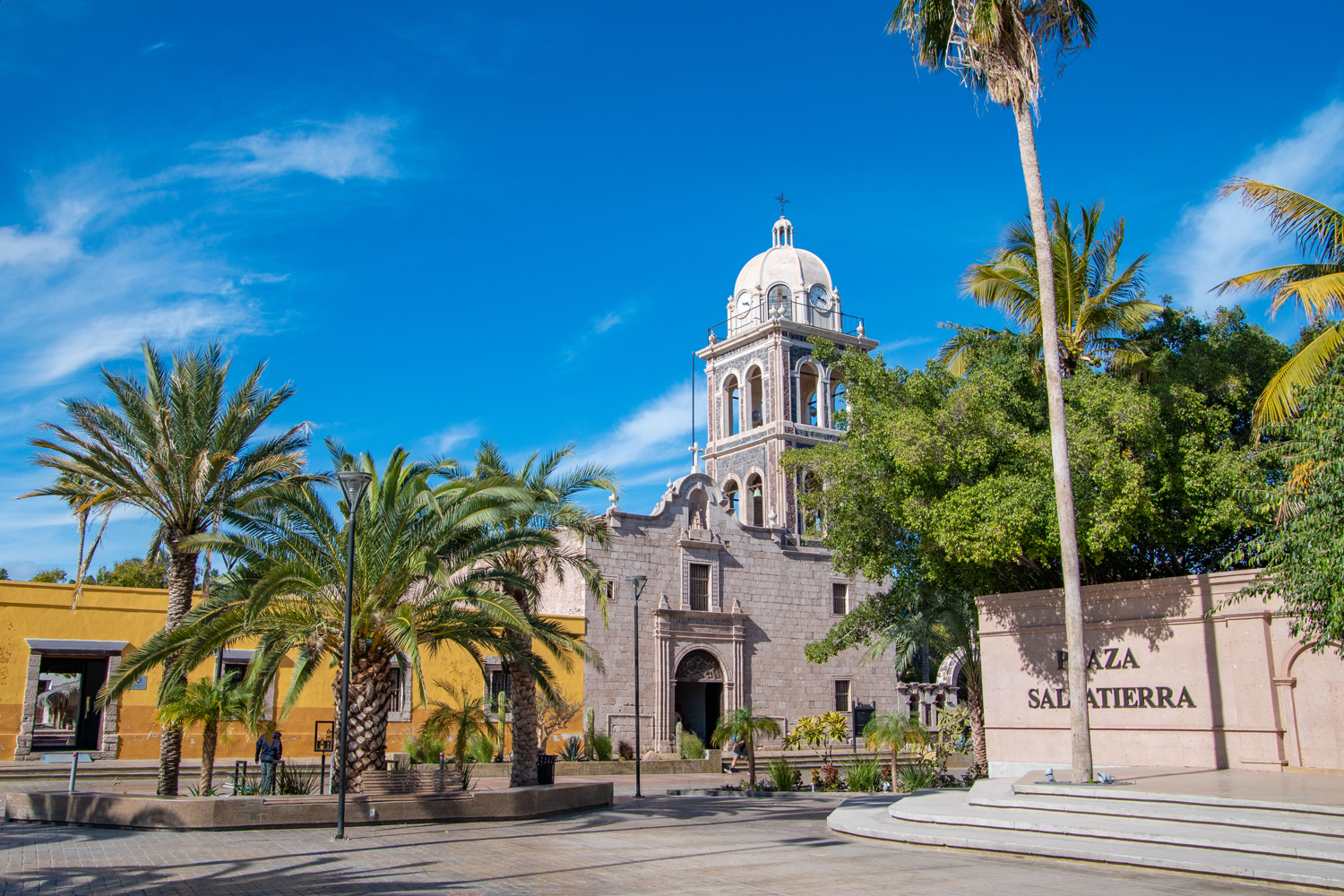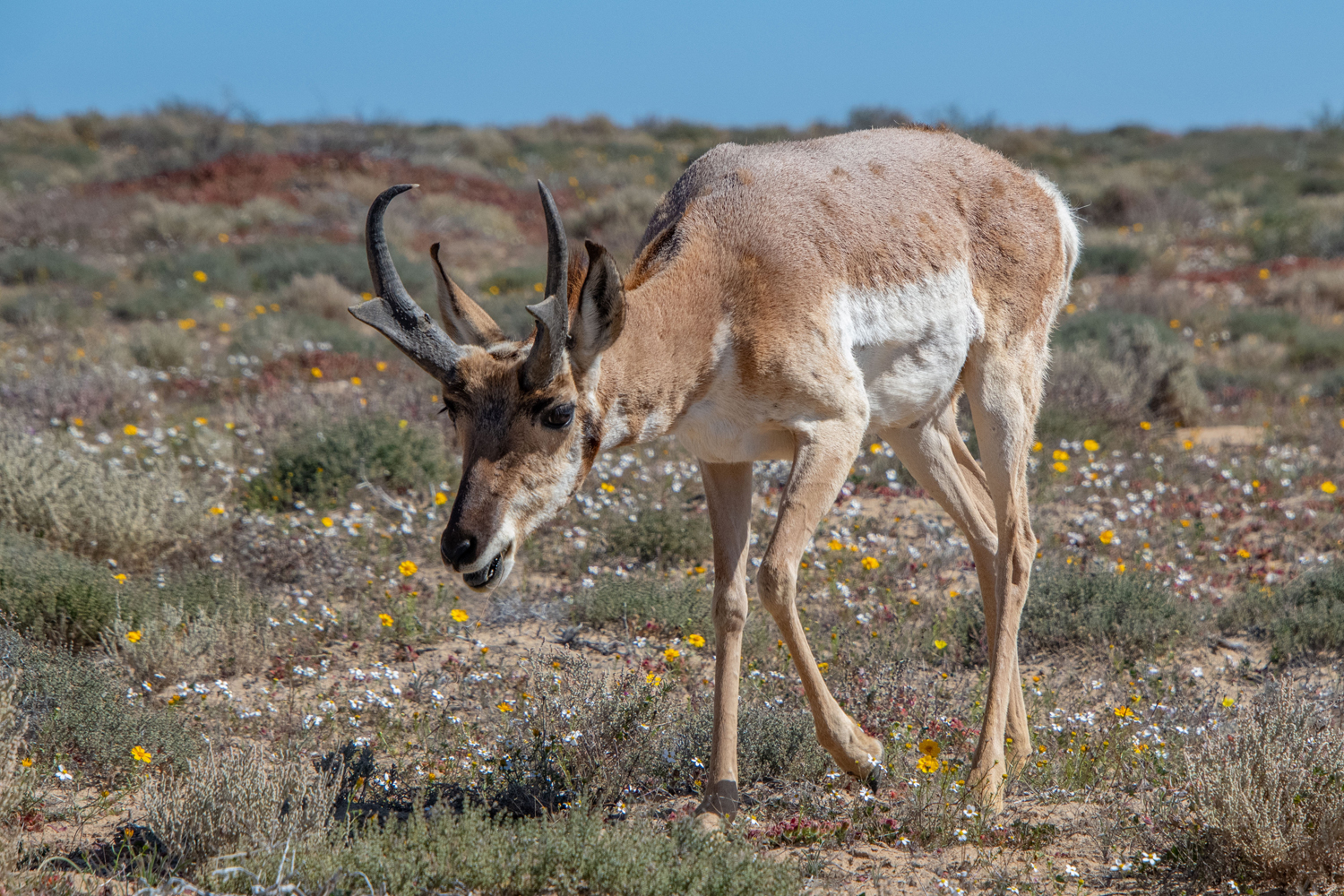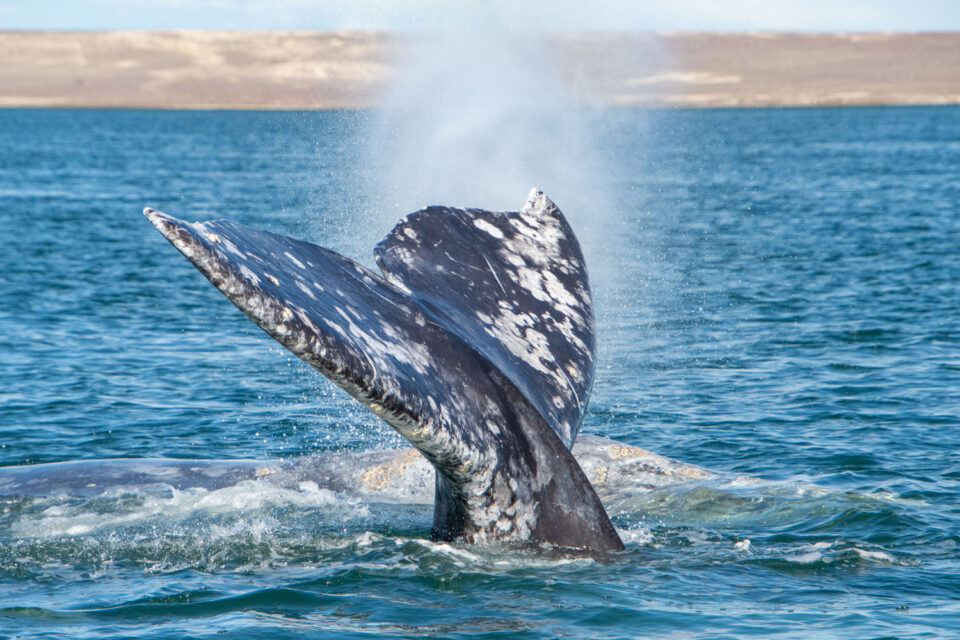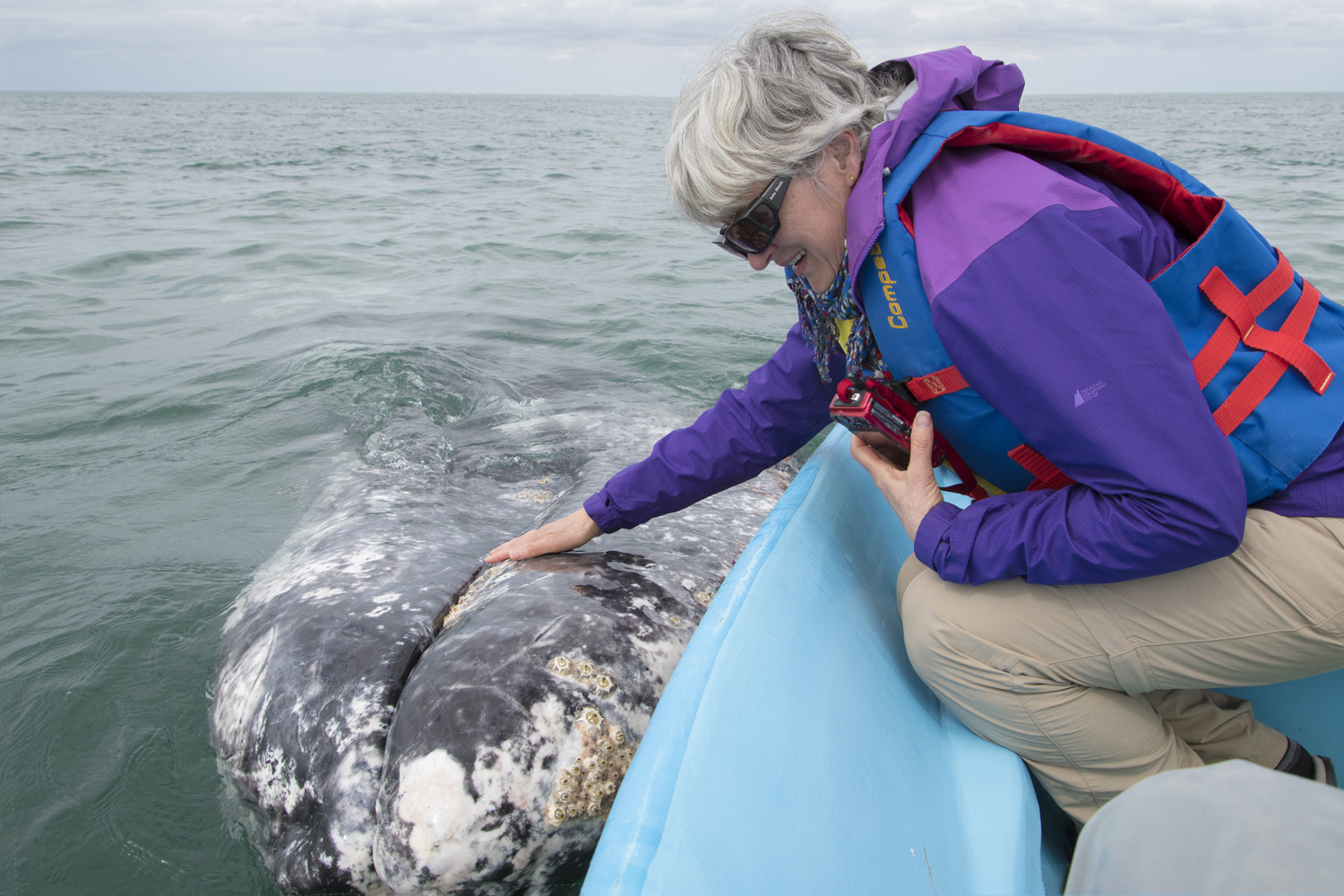This year’s Mexican whale photo safaris provided many amazing photographs as well as an important life lesson. It’s a common belief that emotions such as happiness and grief, curiosity and boredom, and fear and excitement are strictly human emotions. In addition, many assert that animals never play for fun and that various play behaviors are strictly meant to satisfy biological and/or sociological necessities. Over the past six years while leading annual winter tours to photograph gray whales in the coastal lagoons of Mexico’s Baja California I have learned how wrong these common beliefs are.

When someone says you can’t attribute emotions to animals, they forget that human emotions are inherited emotions, derived from 500 million years of evolution. Emotions did not suddenly arise, fully functional, a mere 200,000 years ago when the first humans, Homo sapiens, appeared on the scene. Keep in mind that we humans share over 80% of our DNA with whales as we do as well with our family dog. Which dog owner would deny that that favorite canine companion doesn’t experience emotions such as excitement or loneliness, or eagerly retrieve a ball seemingly just for the fun of it.
I write all of this to try to explain the uncommon behavior of gray whales in Mexico, and why it is such an emotional experience to interact with them. It’s not surprising when clients, many of whom have travelled the world, call the gray whale encounters on this tour “an experience of a lifetime”—“a jaw dropping interaction”—“something truly unbelievable and never to be forgotten”.

Who can imagine a 30-ton behemoth playing with your boat, gently spinning it around with its snout as if it were a bathtub toy? Imagine the same animal lightly rubbing the keel of your boat, or playfully blowing explosive bubbles underneath it, then surfacing alongside, seemingly for no other reason than to be stroked by an incredulous photographer. These type of close encounters was what prompted me to return last month to lead two groups of eager photographers, who, like me, wanted a “whale of an experience”.
The whales in question are eastern Pacific gray whales that migrate annually each autumn from the Bering Sea to the warm coastal lagoons of Mexico’s Baja Peninsula to mate and give birth to their calves.

During each of my two 12-day photo safaris we made four ocean outings to photograph these legendary friendly cetaceans. On dozens of occasions we had whales spy-hopping around us, in one instance so close we could fill the frame with a wide-angle lens. We saw breaching repeatedly, sometimes within a few boat-lengths of us, and multiple whales came within touching distance over and over again. At one point we had as many as six “friendlies” crowded around our tiny fishing boats wanting to interact with us. Stroking the snout or belly of a playful whale was common for everyone to experience and all of us were anointed repeatedly by spray when a curious cetacean spouted next to our boats. On the tour we never harassed the whales in any way and all our encounters were with animals that chose to swim to us as we floated on the ocean surface. Needless to say, many of these encounters gave us multiple treasured photo opportunities.
Although “friendly” gray whales were the primary focus of this tour we also made two boat trips into the Gulf of California to see the largest animal that has ever lived – the 100-ton, magnificent blue whale. Blue whales rarely breach or spy-hop so dramatic photos of these animals are never anticipated and all of us were content with views of this endangered species. Originally, blue whales numbered in the hundreds of thousands, but today there are fewer than 25,000 worldwide, so seeing even one is a rare privilege.

As well as the whales there were other photographic rewards to fill our time. Beginning in the late 1600s, Jesuit and Franciscan missionaries from Europe built a string of colonial missions along the entire spine of the peninsula, each with its own characteristic architecture and esthetic appeal. In our travels we visited four different missions, each restored to highlight its Gothic design. For a few of our group, the missions, their desert environs, and their historical legacy was one of the high points of the tour.
Prior to the 16th century arrival of Europeans to this western corner of Mexico, the peninsula had been inhabited by indigenous hunter-gatherers for over 10,000 years and part of that occupation is preserved today in a multitude of artistic pictographs and petroglyphs. We visited one spectacular rock art site in a cave on the upper slopes of a desert mesa overlooking a photogenic stretch of Sonoran Desert that featured towering cardon cacti and lofty boojum trees. Here you could feel the emotive power of the location and how it must have inspired its ancient artists.

For the first time this year we were able to add a new highlight to the tour with a visit to a newly constructed museum and breeding facility designed to restore the wild population of endangered peninsular pronghorn—the fastest running animal in the Americas. During our visit we had a short walking tour out into the breeding facility where we photographed several adult bucks at close range as they quietly grazed in the warm afternoon light.
In the end, we had two successful whale tours and acquired an appreciation of the peninsula’s ancient artistic past, all while relaxing in the warm hospitality of the Mexican people. A photographer could ask for no more. Join me in 2024 when we will savor this cetacean spectacle once again.


